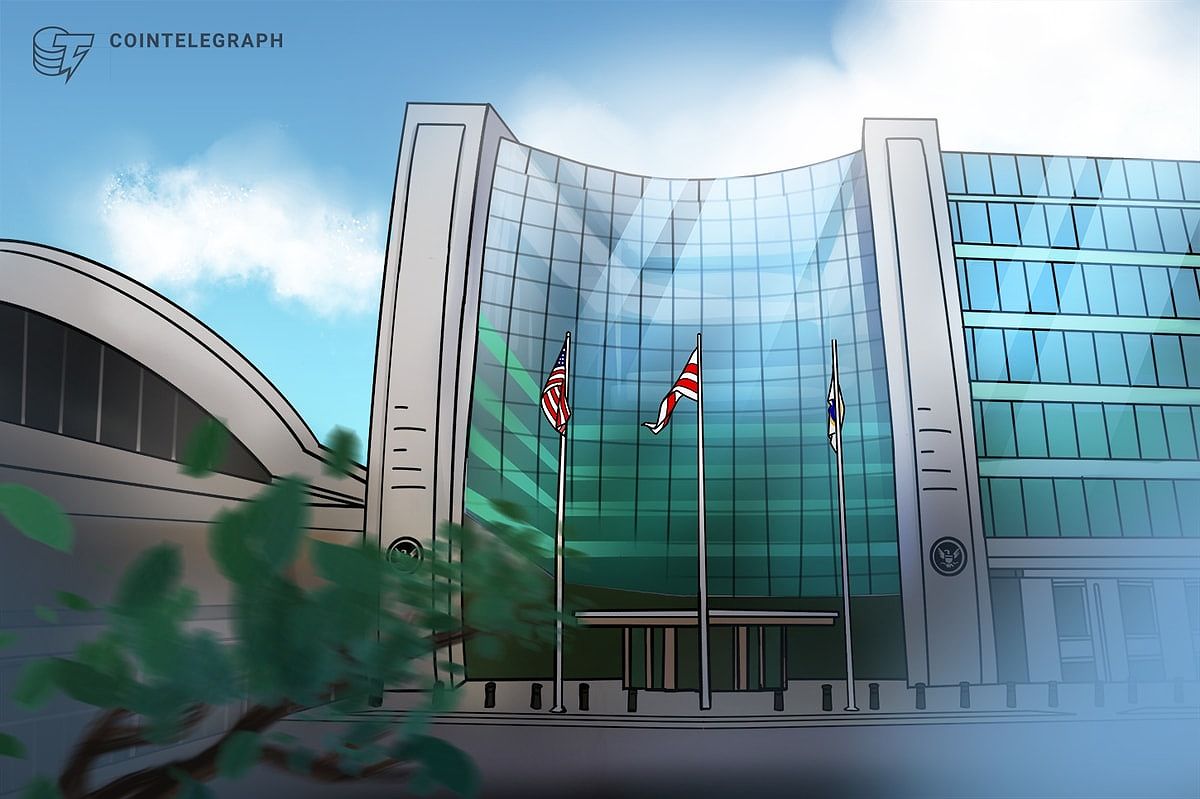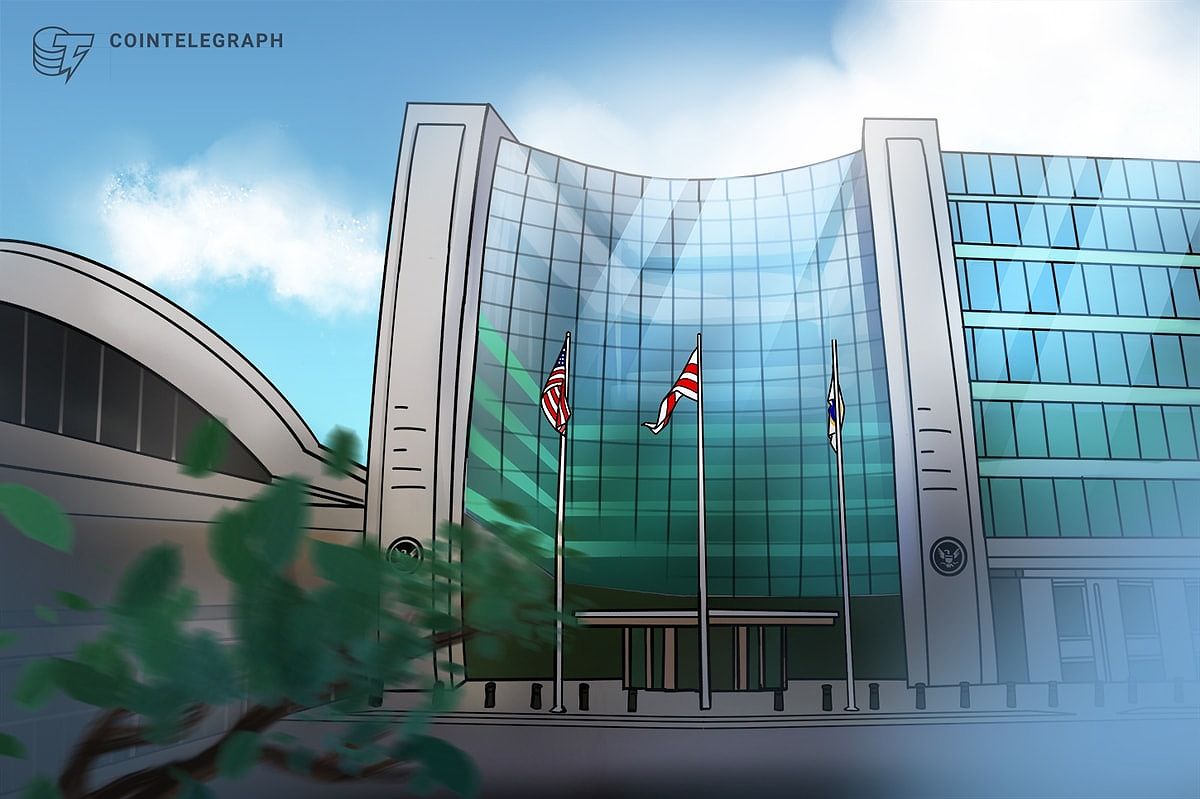Ah, Web3—the shiny new frontier of technology that promises a world of decentralization and innovation! But wait, what’s this? A regulatory landscape that looks more like a tangled web than a clear path forward? Fear not, dear reader! This guide is here to help developers and enthusiasts alike navigate the rules of the game, uncovering opportunities while dodging potential pitfalls along the way.
The Ever-Changing Regulatory Landscape
Let’s face it: the regulatory scene for Web3 is like a roller coaster ride—full of twists, turns, and the occasional stomach drop. Different countries are rolling out their own sets of rules, making it feel like a game of regulatory whack-a-mole. Major players like the Securities and Exchange Commission (SEC) and the Commodity Futures Trading Commission (CFTC) are at the forefront, shaping the rules around cryptocurrencies and decentralized finance (DeFi). Their mission? To protect investors, prevent market shenanigans, and tackle financial crime. They’re diving into important areas like anti-money laundering (AML), Know Your Customer (KYC) regulations, and, of course, the ever-mysterious world of securities laws.
Finding the Silver Lining in Regulation

Now, here’s a little secret: while regulations might seem like the villain in this story, they can actually be the unsung hero! Think of regulations as the safety net that can boost trust and confidence in the Web3 ecosystem. With clear guidelines in place, institutional investors are more likely to jump into the pool, creating a more stable environment for developers. This stability can lead to wider adoption of Web3 technologies and a treasure trove of new use cases. For instance, big banks are increasingly eyeing the Web3 landscape, eager to harness the power of blockchain for better efficiency and transparency. Who knew regulations could be so… promising?
Compliance: The Name of the Game for Web3 Developers
Alright, developers, listen up! If you want to build a compliant Web3 project, you’ll need to put on your regulatory thinking caps. Here are some key compliance considerations to keep in mind:
-
AML and KYC: These regulations are like the gatekeepers of the Web3 world, ensuring that financial crime doesn’t crash the party. Developers need to roll out robust AML and KYC procedures, which means verifying user identities and keeping an eye on transactions for anything fishy. It’s like being a bouncer at an exclusive club—no shady characters allowed!
-
Securities Laws: Determining whether a token is a security can feel like solving a mystery novel. Developers must navigate a complex legal landscape to avoid unwanted legal drama. If a token offers investment opportunities or shares profits, it might just be classified as a security. In that case, developers need to be ready to register and comply with all relevant regulations. Better safe than sorry, right?
-
Data Privacy: In the world of Web3, protecting user data is as crucial as keeping a secret. With sensitive information often stored on decentralized networks, developers must comply with data privacy regulations like the General Data Protection Regulation (GDPR) in the EU. This law governs how personal data is collected, processed, and stored. It’s like having a digital vault for user information—only the trustworthy get access!
Peeking into the Future of Web3 Regulation
So, what does the future hold for Web3 regulation? It’s likely to be a mix of government oversight and industry-driven initiatives. Self-regulatory frameworks and industry standards could emerge, promoting collaboration between developers and regulators. Interestingly, blockchain technology itself might enhance regulatory efficiency, offering a transparent and auditable record of transactions. Talk about a win-win!
Conclusion
In the grand adventure of Web3 development, navigating the regulatory landscape is an essential quest. By understanding the key compliance considerations and keeping up with the ever-evolving rules, developers can unleash the full potential of this transformative technology. The future of Web3 relies on teamwork—developers, regulators, and industry stakeholders must join forces to create a robust and innovative ecosystem. So, buckle up and get ready to navigate this exciting, albeit complex, world of Web3!

